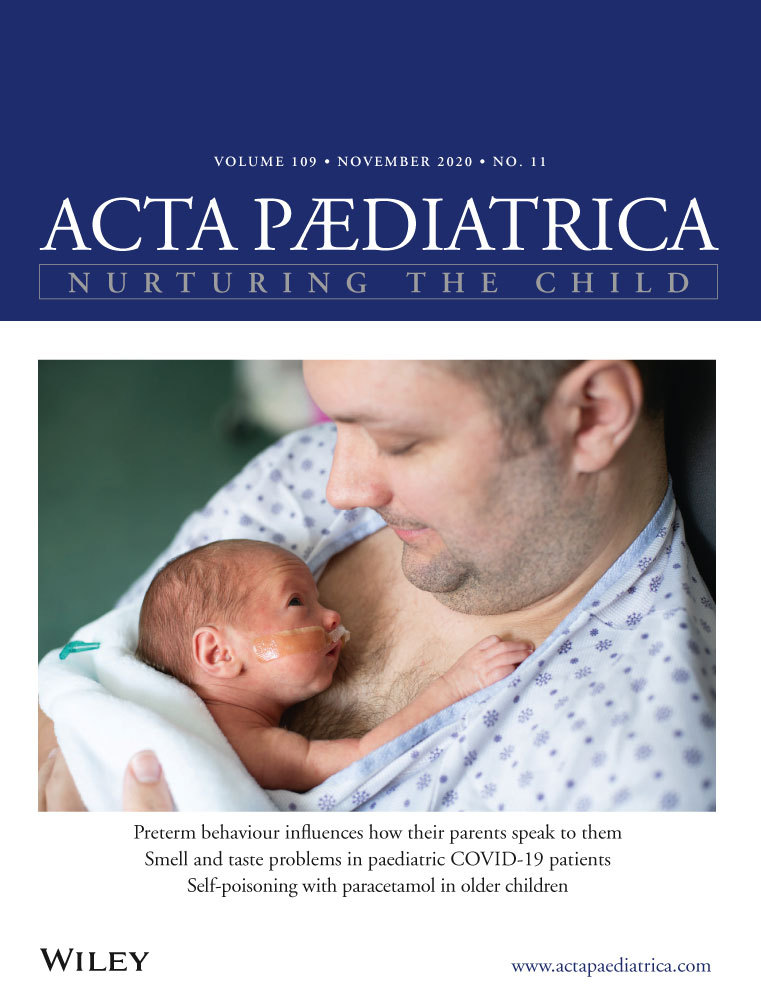Factors associated with development of early and late pulmonary hypertension in preterm infants with bronchopulmonary dysplasia
Bronchopulmonary dysplasia (BPD) is a major morbidity in ELBW infants despite advances in neonatal care.1 BPD is associated with pulmonary vascular disease and right ventricular hypertrophy, which can lead to left ventricular hypertrophy and systemic hypertension.2 Maternal placental insufficiency, prenatal nutritional deficiency or inefficient utilisation, and inflammation (both pre- and postnatally) may alter foetal pulmonary vascular development and lead to pulmonary hypertension (PH). This is compounded by the severity of BPD.3 However, there are limitations of diagnosing PH by echocardiographic criterion. Gold standard of diagnosing PH by cardiac catheterisation is invasive and costly with significant risks. Many centres have adopted protocols incorporating a combination of expert guidelines to use echocardiography to diagnose PH. However, there are significant limitations to its use such as inter- and intra-observer variability, inability to detect a tricuspid regurgitant jet velocity in a failing RV or secondary to hyperinflation.3
Prior studies by Mourani et al4, 5 have already shown factors associated with the development of early pulmonary hypertension (EPH) and have delineated the relationship between EPH and late pulmonary hypertension (LPH). Sheth et al identified novel factors associated with the development of LPH such as tracheostomy, IVH grade 3 or 4, and postnatal corticosteroid use for BPD greater than 7 days. The diagnosis of tracheitis is ill-defined in preterm infants, and while authors used their institutional criteria for the diagnosis of tracheitis, many of these clinical criteria are nonspecific. Additionally, the incidence of tracheitis in the study cohort appears relatively high at 40%. Adherence to stringent clinical parameters to diagnose may be necessary.
Existing literature describes maternal diabetes as being associated with EPH and pulmonary vascular malformation6; thus, this is not a novel factor as stated by the authors. Further research is needed to show if PH has a difference in association between pre-existing maternal diabetes vs gestational diabetes, which could strengthen their statement. Interestingly, this study did not show PH was associated with many other factors including antenatal corticosteroids, oligohydramnios, prolonged rupture of membranes, resuscitation and respiratory support in the delivery room, multiple gestations and low Apgar score <5 at 1 and 5 minutes.
This study has the usual limitations of a retrospective observational review, including the inability to account for confounding variables, and potential sources of bias in the era of new protocol implementation, better nutritional support and noninvasive ventilator modes. One strength was the large sample size and multiple risk factor analysis. However, authors discuss the large referral base of inner city underprivileged and lower socioeconomic population that may not accurately represent patients from other hospitals. Furthermore, only 69% of patients in this cohort of BPD patients received at least one dose of antenatal steroid whereas the use of antenatal steroids in most major centres in developed countries is generally much higher. Because of this, reproducibility in other centres may be limited.
Authors conclude, which is also emphasised from the Mourani et al study, that screening for EPH will identify newborns at risk for LPH. Earlier recognition of EPH in ELBW infants with an ECHO during weeks 2-3 of life may help neonatologists identify the patients most at risk for LPH. Subsequently, reducing afterload on the right ventricle, using pulmonary vasodilators as required, optimising ventilator strategy and maximising nutrition could perhaps mitigate the severity of PH and associated morbidities in these vulnerable infants. However, similar to the wide variation and the risk profiles in screening practices, there is significant variation in the clinical management of infants identified with BPD-associated PH. There is paucity of clinical trials supporting therapy and even less literature on the long term effects of therapy and safety profile of therapeutic agents. We advocate for a tailored approach based on best evidence when a clinically stable premature patient with early PH has worsening echocardiographic findings. Close clinical evaluation of such patients with diligent monitoring for adverse side effects of interventions is warranted. Having clinical guideline protocols prevent variation that is based solely on a health professional's practice style or preferences, and may promote consistency of care. Care of the patient and family therefore should be customised where appropriate and standardised when appropriate.7 The responsibility is still on the teams caring for the neonate to continue to maintain equipoise and exercise caution while interpreting these data in treating such patients.
URL TO THE FULL REVIEW ON THE EBNEO WEBSITE
CONFLICT OF INTEREST
None.




